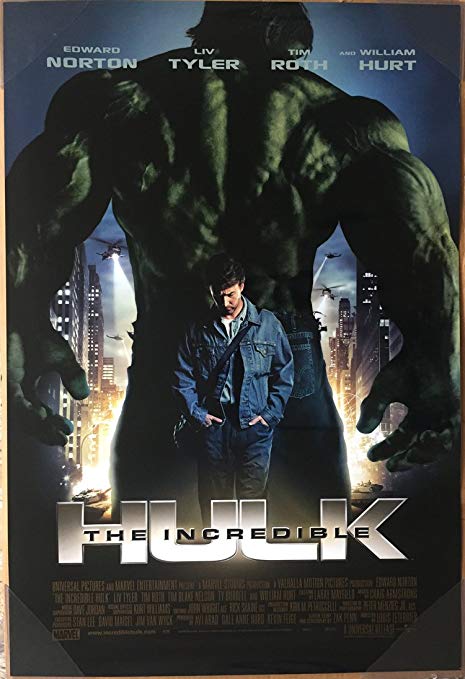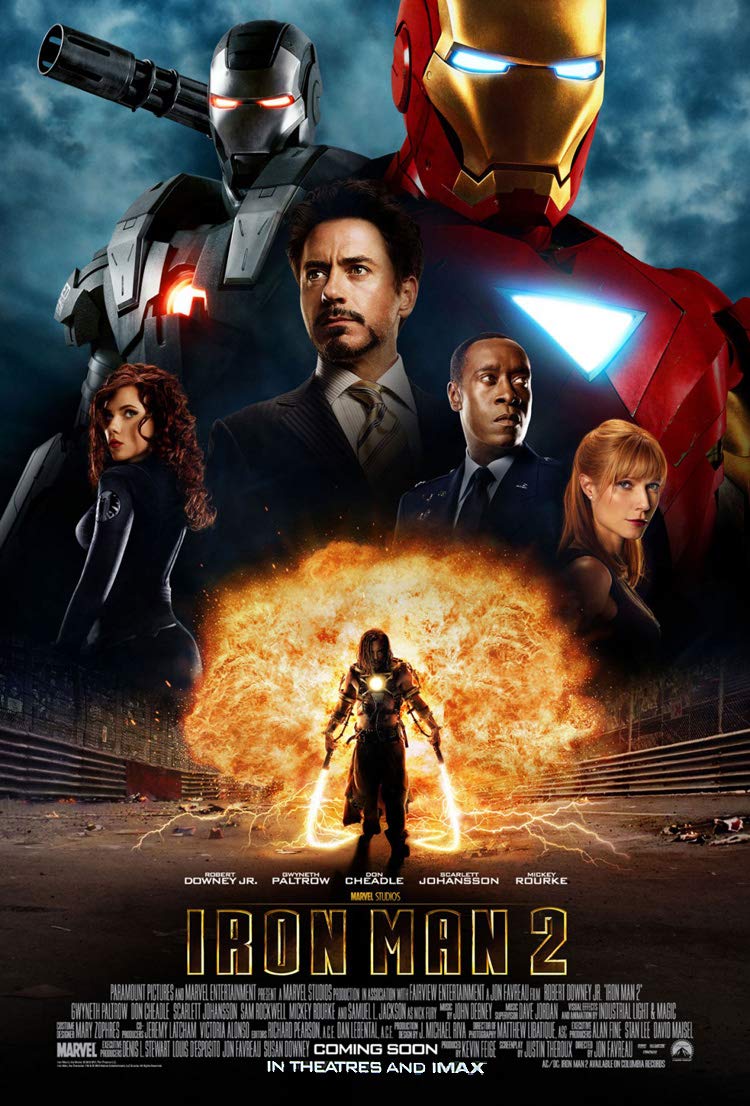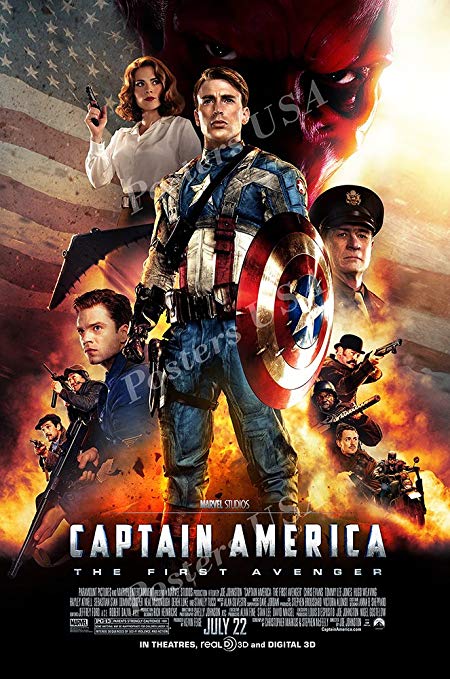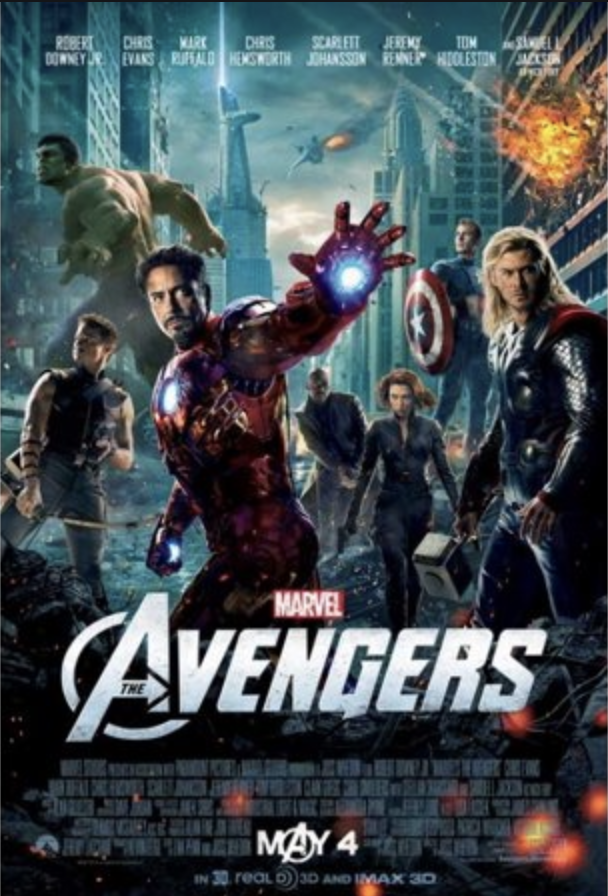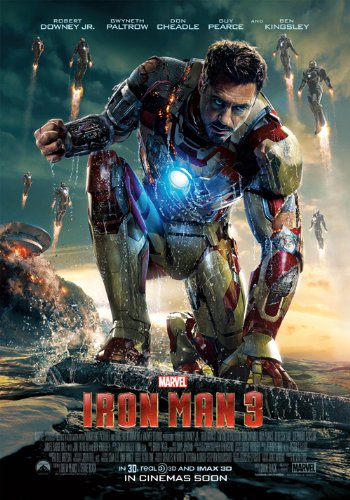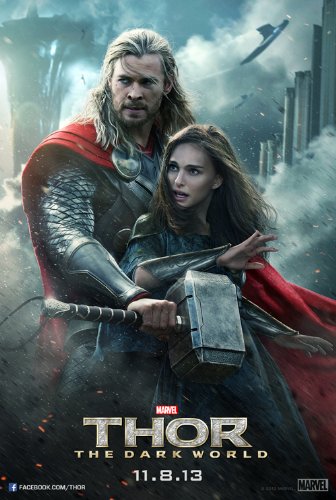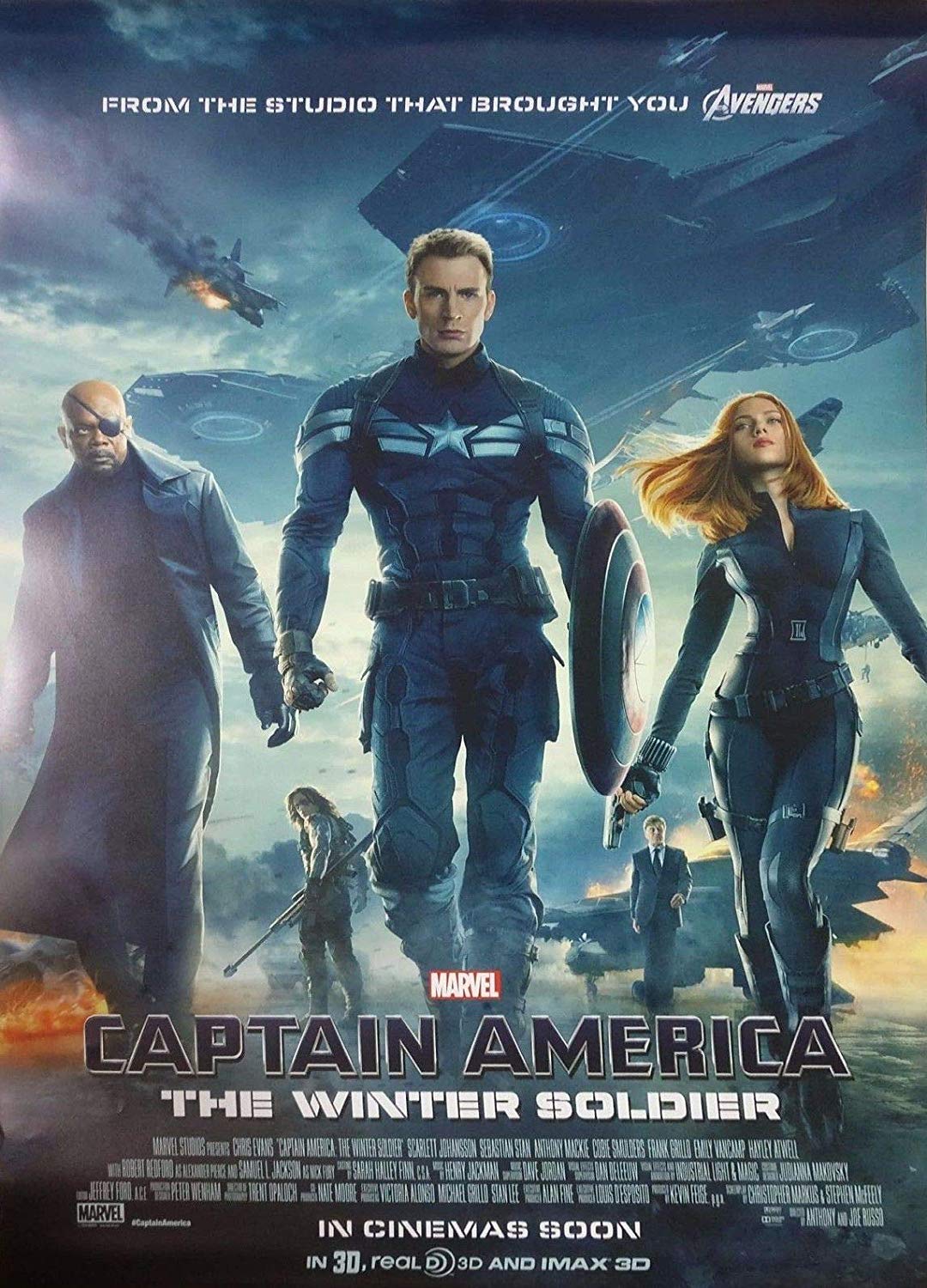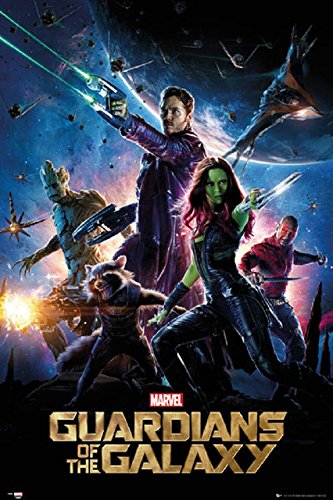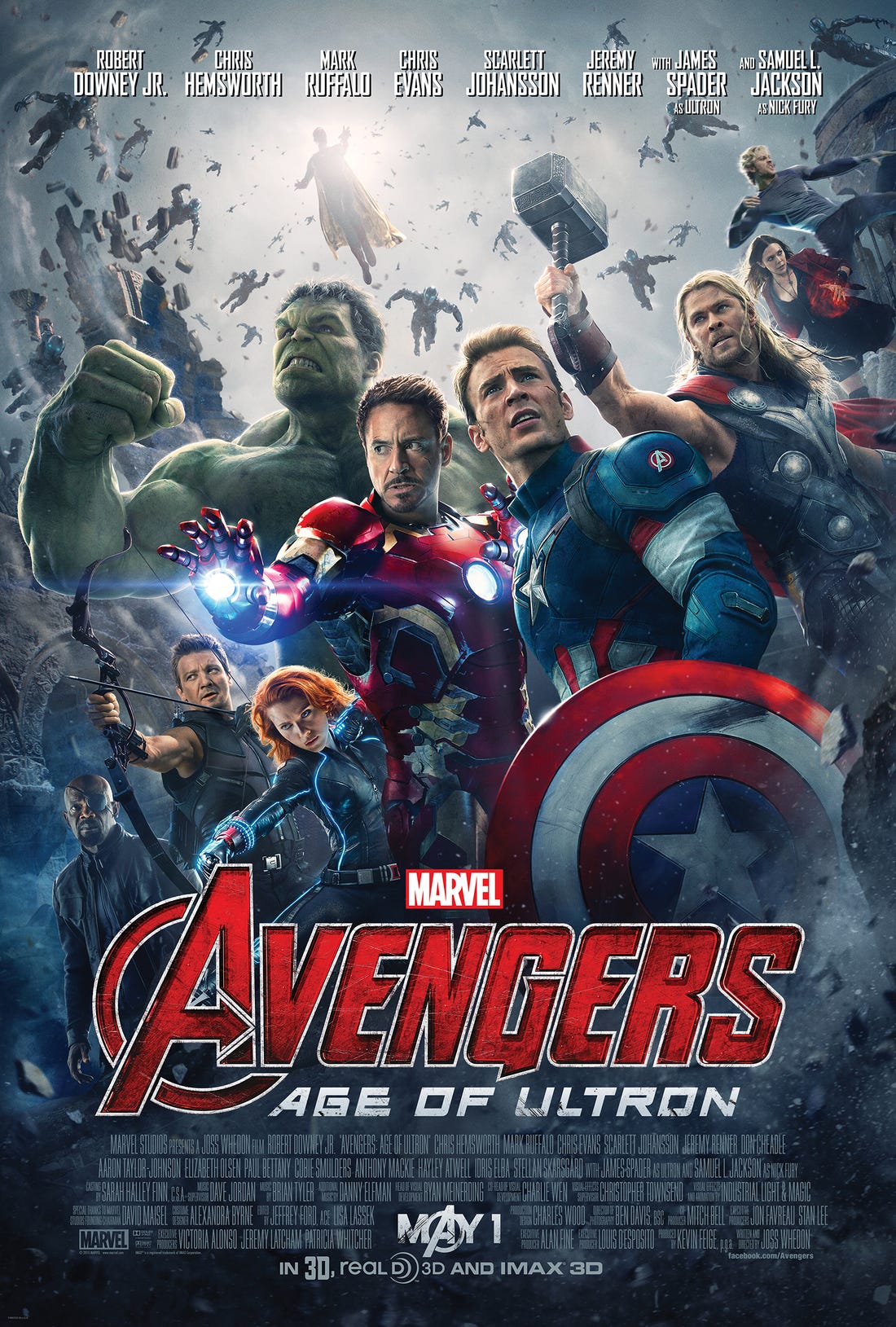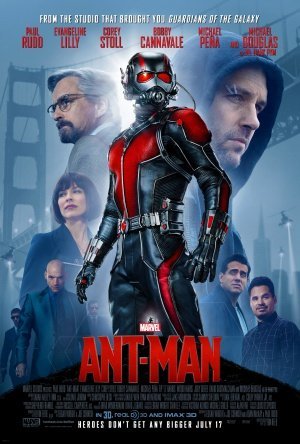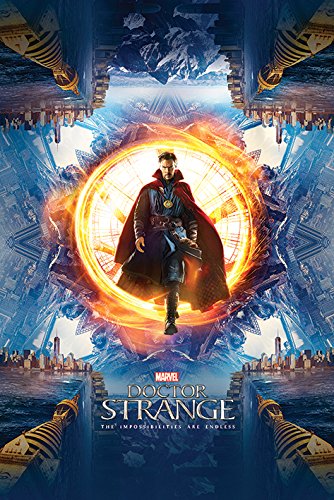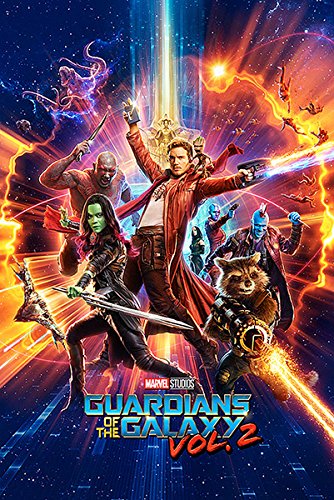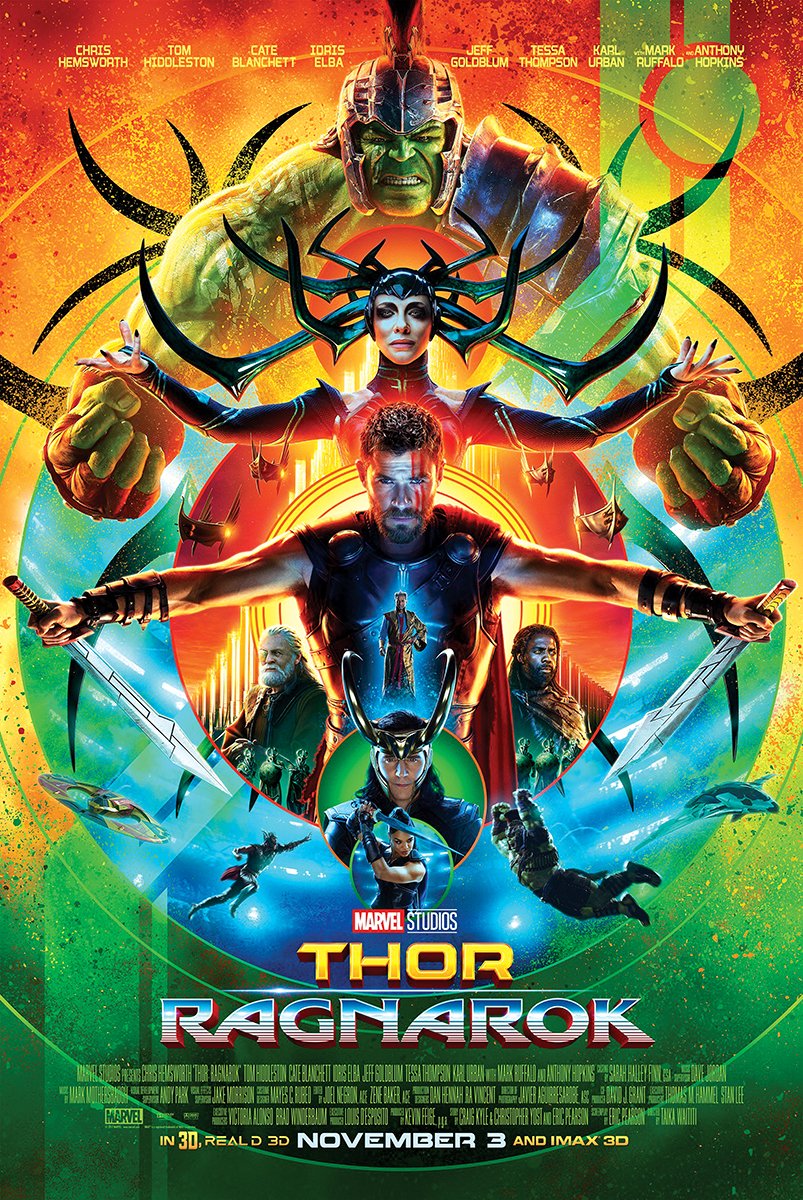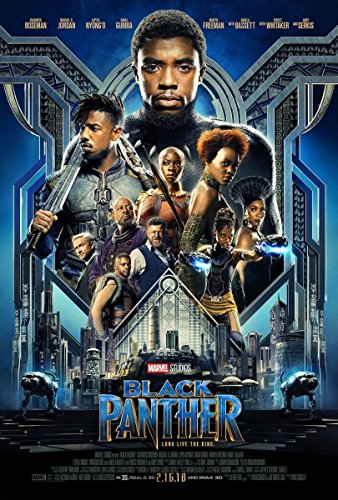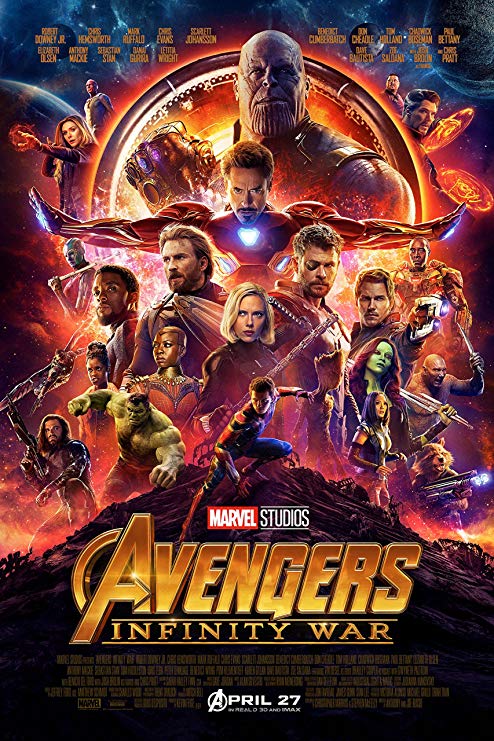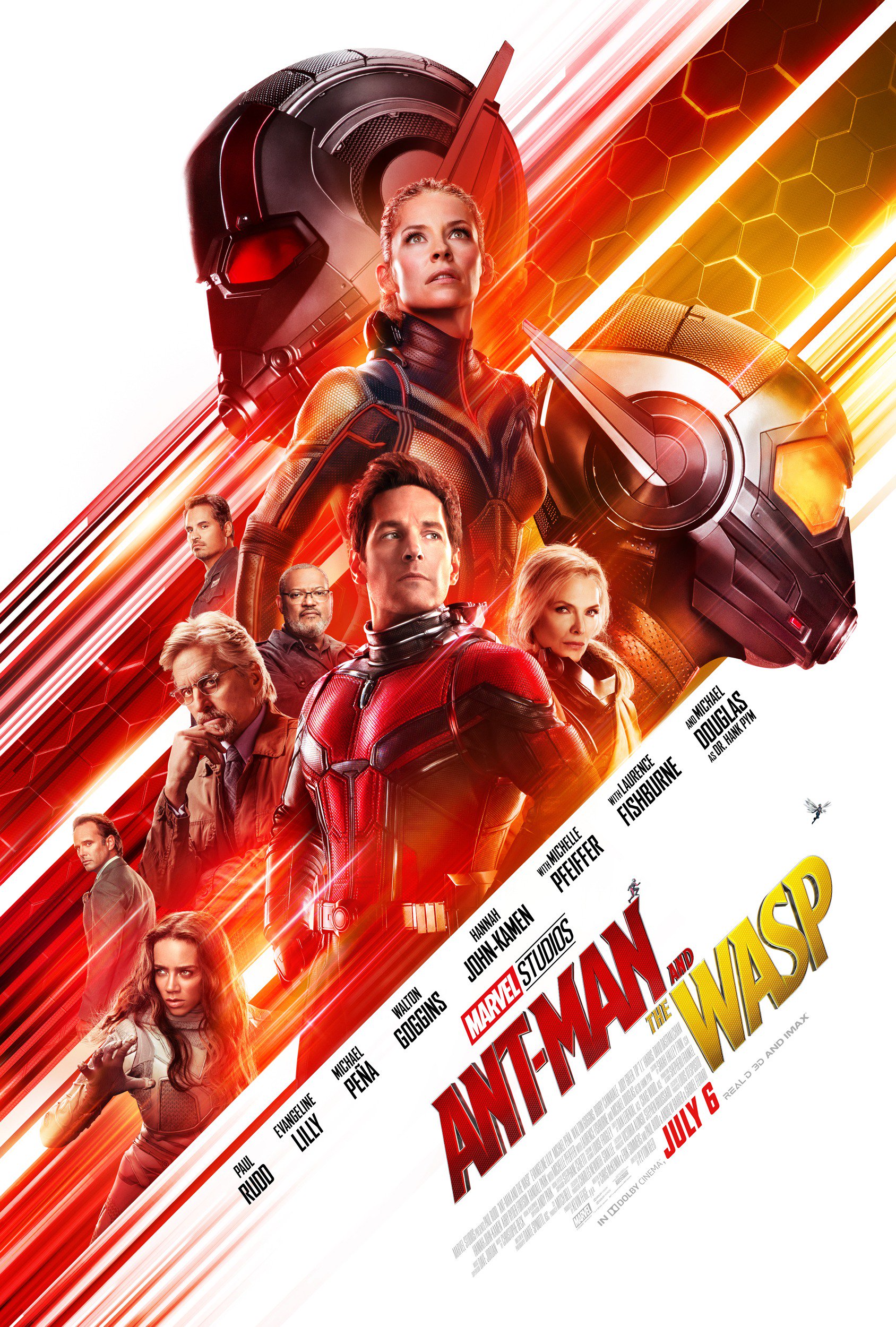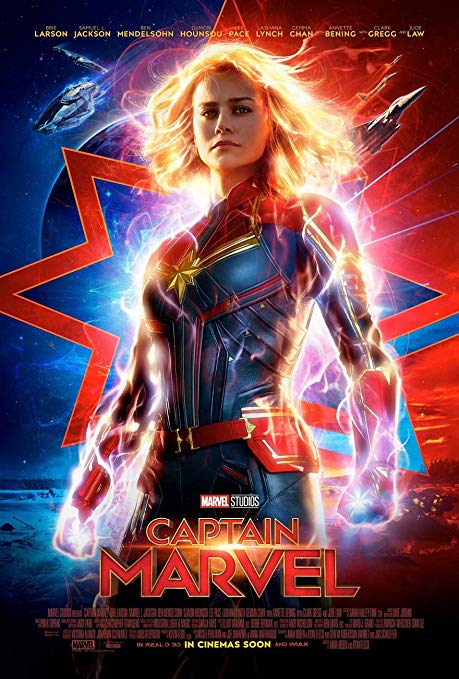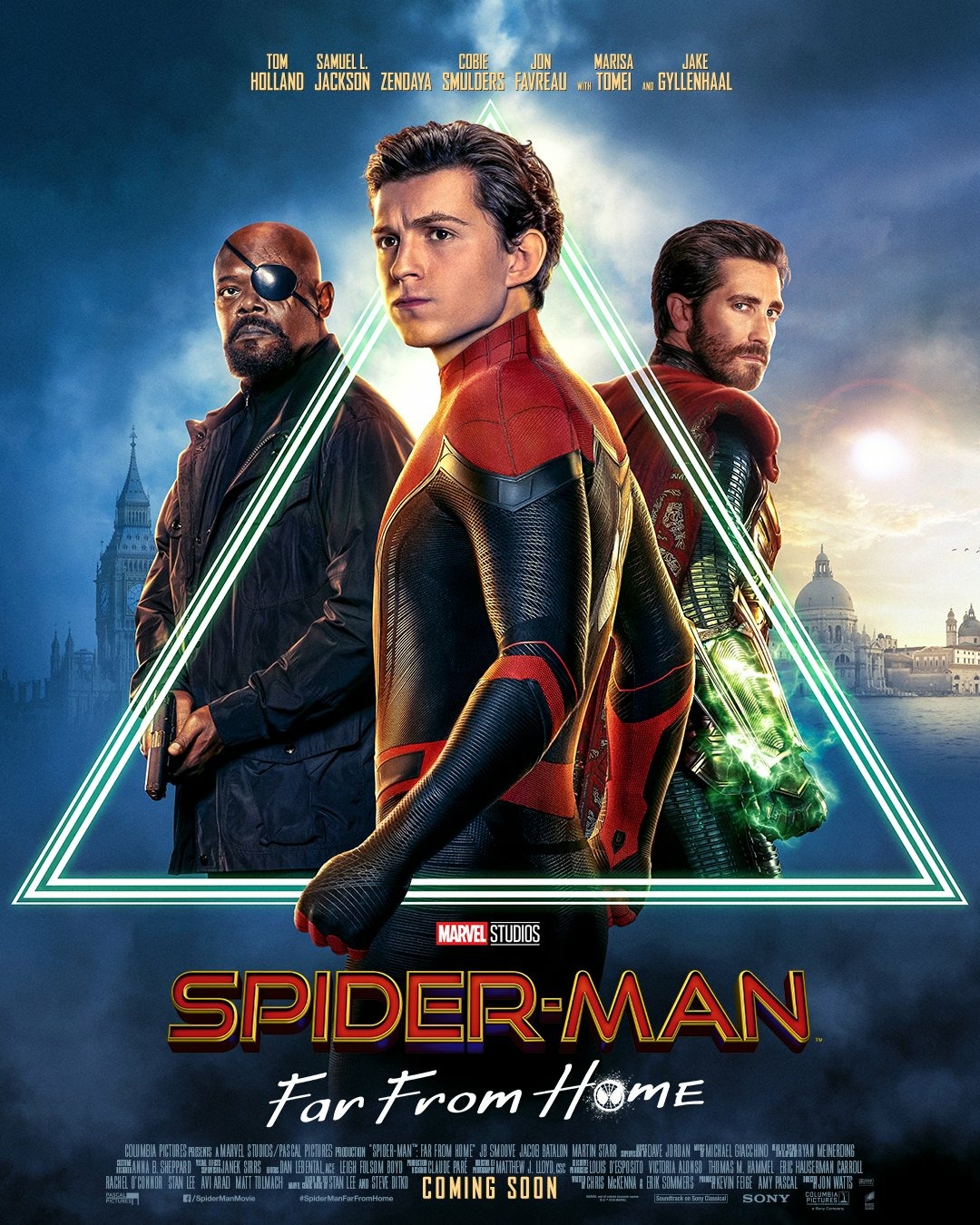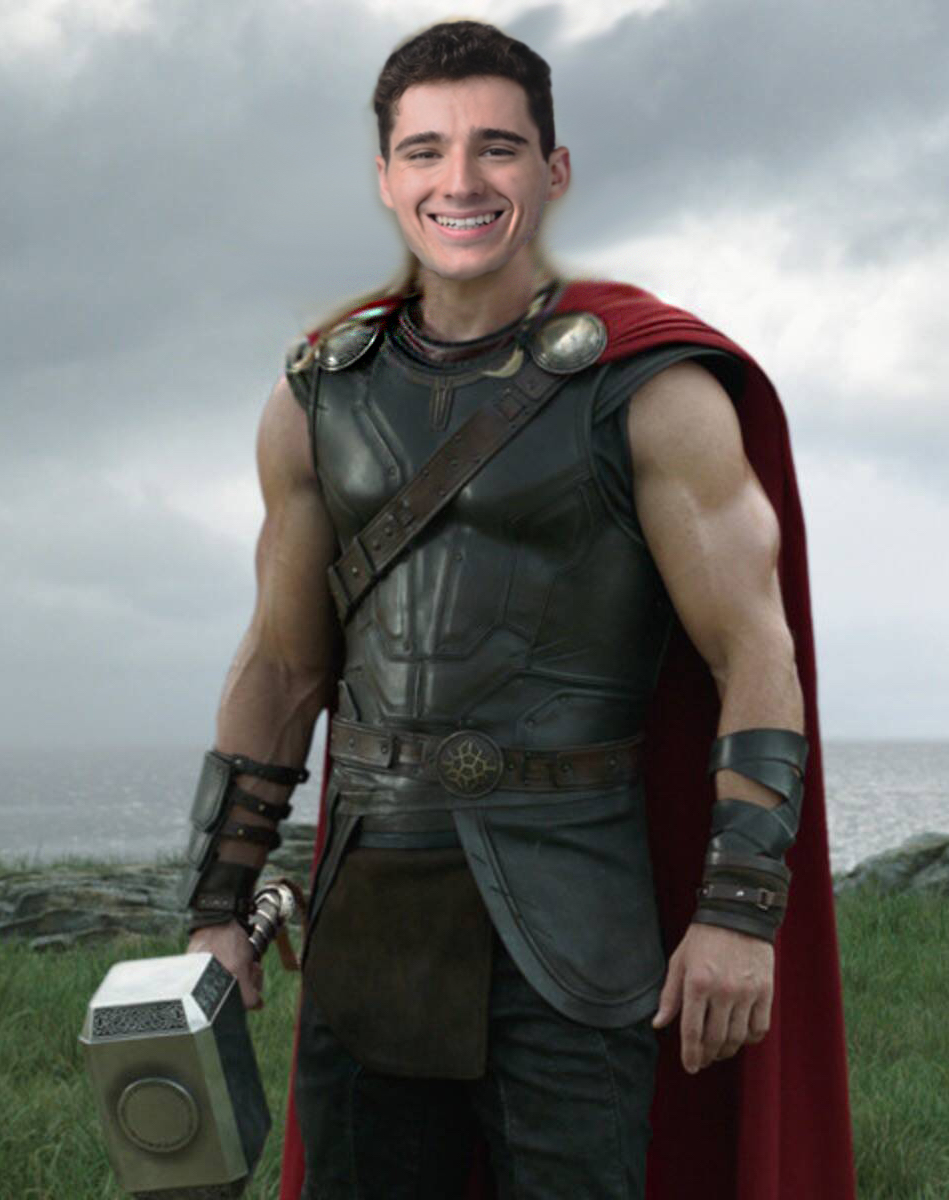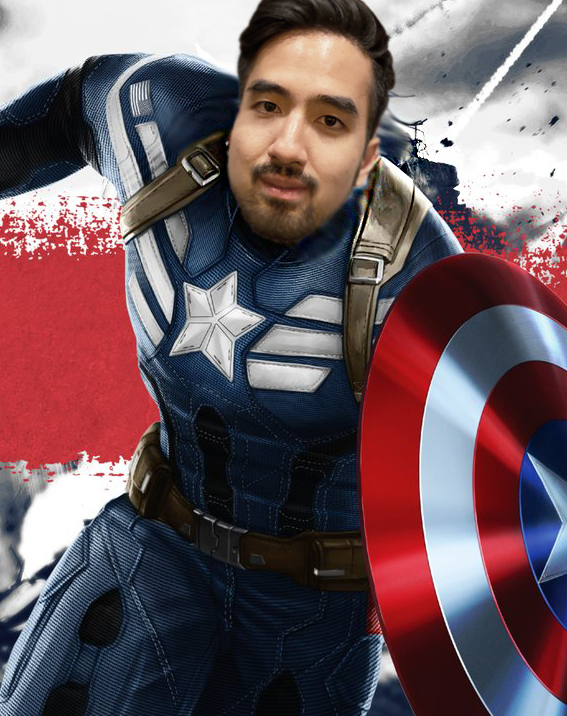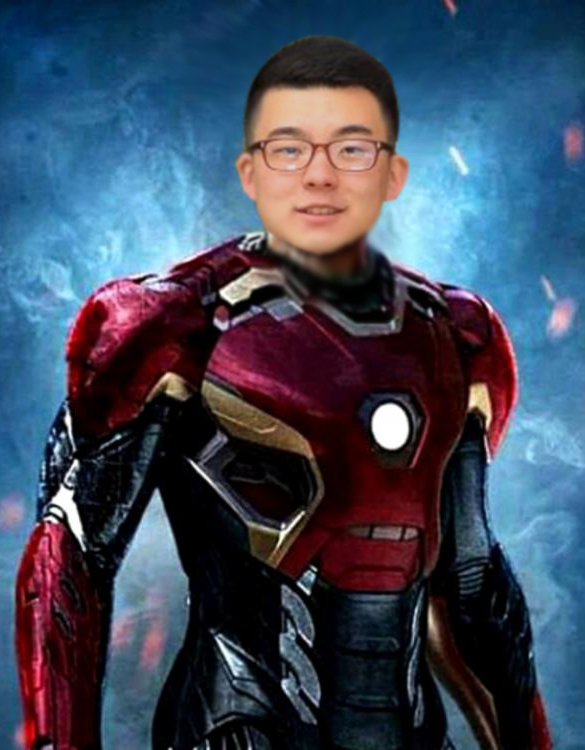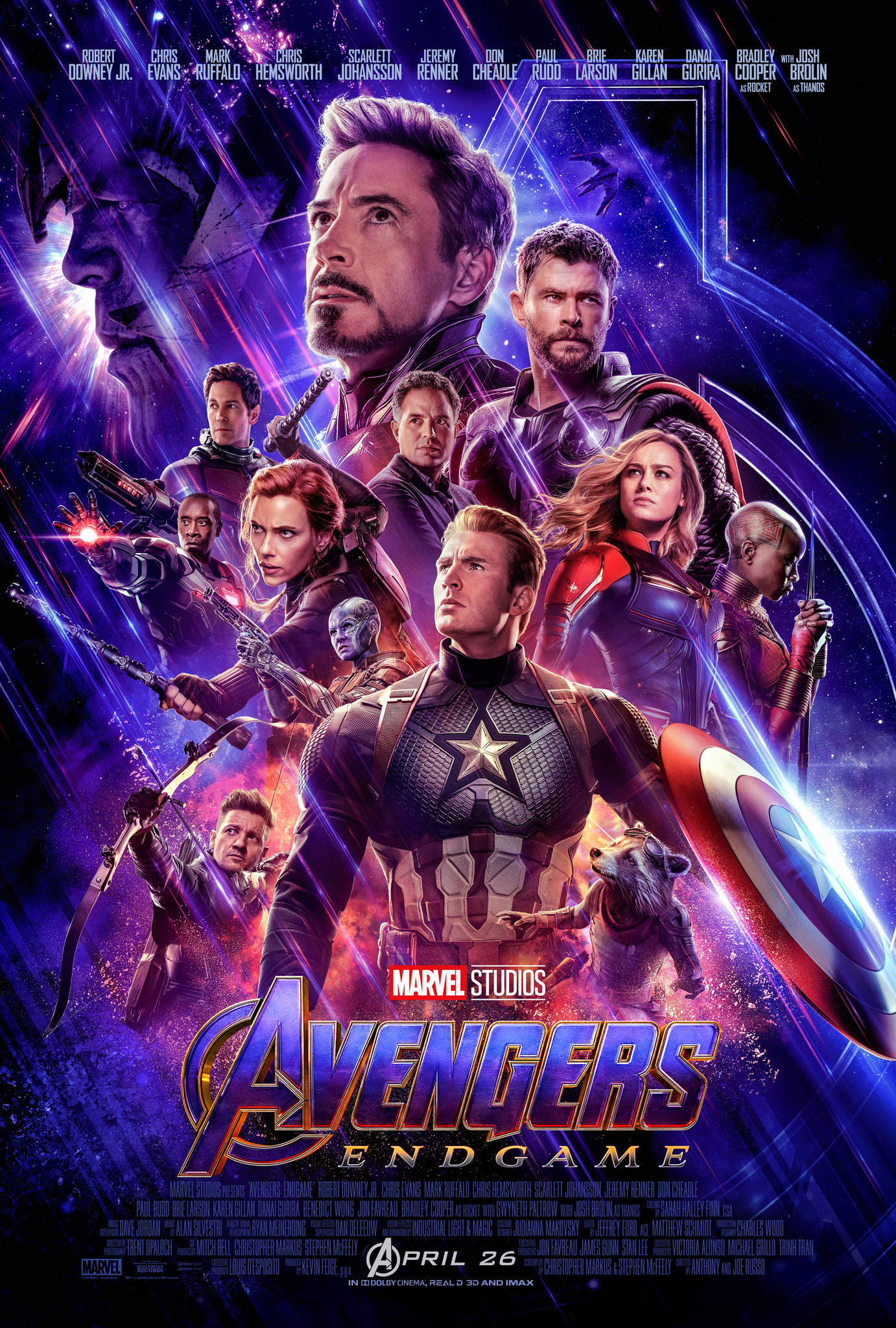
Is the hype real?
In April 2019, Marvel’s final mark of its 11 year series, Avengers: Endgame came out, promptly smashing just about every box office record there is to smash (as well as the Avengers facility and much of Upstate New York). Not only did Endgame snag the record of biggest opening weekend in the world at $1.2 billion, but it also blew past Avatar’s previous record of total box office revenue, reaching a new record of $2.79 billion in July.
In fact, it seems as though almost all the biggest movies these days are action-packed comic book stories adapted for the big screen. Let’s look at some data to see if this is really the case.
Marvel vs. DC Comics: Who's the winner?
Without a doubt, Marvel Cinematic Universe (MCU) and the DC Extended Universe (DCEU) are the most dominant franchises in the comic book genre.
While they both have been churning out successful (and not so successful) movies, 2010's Iron Man 2 starts a steep win for MCU.
After that, it’s simply no contest: MCU is the dominant comic book movie franchise (sorry DCEU fans).
What is MCU's secret superpower?
Three of the defining features (one might say, 'superpowers') of the MCU are its interconnected storyline, its strong global presence, and the sheer number of characters that have been woven into its single timeline. Beginning with Iron Man in 2008, MCU began producing movies with increasing frequency and success. Now in 2019, there have been a total of 23 MCU movies from 11 different series, with plans for at least 7 more in the near future.
1. Interconnected plots
2. Strong Global Presence
3. Complex Character Relations & Stats
Not your average social network
So How did Marvel take over the world?
From its dense and complex storyline populated with unique characters to hilarious cameos and post-credits appearances, Marvel has truly dominated the movie industry in the past 11 years. As the world sends off the "Infinity Saga" and prepares for "Phase Four" of the Marvel Cinematic Universe - anticipating movies such as Black Widow, Spider-Man III, Black Panther II, and many more - only one thing is certain: comic book movies and the MCU are not going anywhere!
Thank you!
Whether you have posters of all Marvel characters in your bedroom or have never seen a single comic book movie in your life, we hope you enjoyed exploring the rich data of the Marvel Cinematic Universe with us!
We are a group of undergraduate and graduate students at Harvard University, and our visualization project was for CS171:Visualization class in Fall 2019.
Data Sources and Methods
All our source codes, data, data cleaning scripts, and images can be found in our GitHub repo.
- Box Office Mojo: We collected Top 100 films (2008-2019) by highest revenue. Additionally, for each film, we collected revenue information by country. Used in bubble chart, line chart, map visualization.
- OMDB: For each movie, we collected genre, year released, and ratings information. Used in bubble and map chart.
- The visualization of the MCU plot was loosely based on this post from Reddit user jaspartamed
- Marvel Official Website: After selecting our top 22 characters based on their impact on the overall MCU storyline, we populated the matrix using our background knowledge as well as the full comic book reports from Marvel website.
-
Wikipedia: Links between characters were collected using the Python
wikipediapackage and the MediaWiki API.
- Because movies were all tagged with multiple genres, we combined them into fewer “super-genres” for simplicity. We then ranked super-genres by priority, whereby if a movie was a member of two different “super-genres”, it was assigned to the higher priority genre (or randomly if the super-genres had equal priority).
-
Eigenvector centrality was computed using the Python
networkxpackage.

